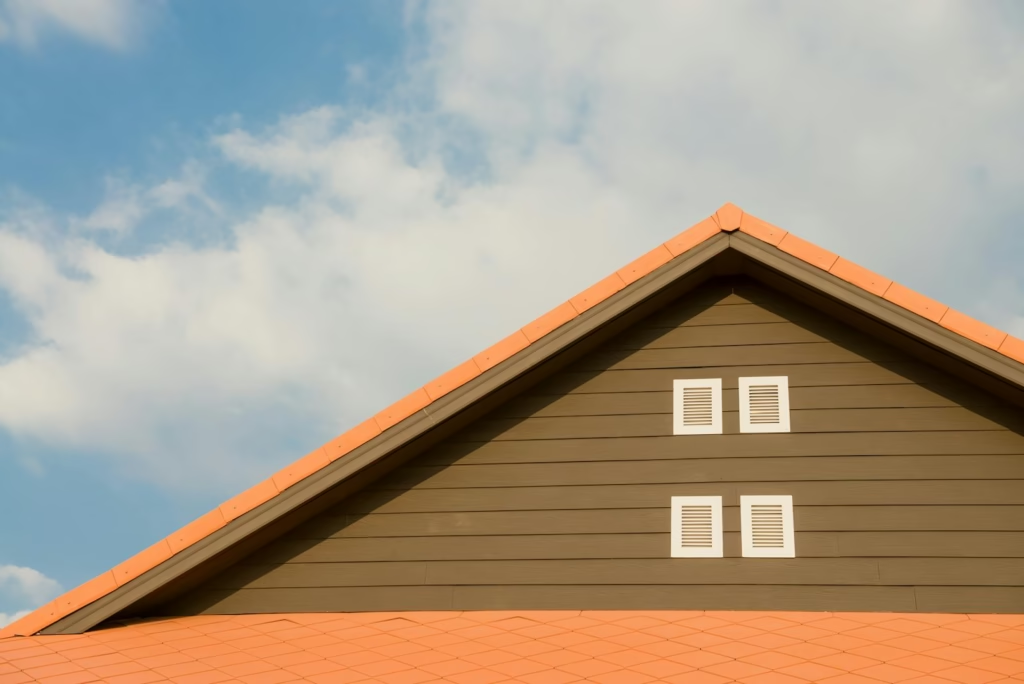As global environmental concerns grow, the construction industry is turning to eco-friendly building materials to minimize its impact on the planet. These materials are designed to improve energy efficiency, reduce harm to the environment, and promote human well-being. From foundations to finishes, eco-friendly materials provide versatile, sustainable solutions for every aspect of building or remodeling.

Categorization of Building Materials
Eco-friendly building materials can be classified into activity-based and vendor-specific categories, catering to diverse construction needs. These include:
- Civil materials
- Waterproofing and chemical additives
- Flooring, finishes, paints, roofing, and woodwork
- Electrical works, fire-fighting systems, plumbing, and more
This categorization ensures that eco-friendly options are available for every stage of construction.
Why Use Eco-Friendly Materials?
The construction industry has historically relied on depletable resources, causing irreversible environmental damage. Quarrying, brick kilns, and sand dredging disrupt ecosystems and degrade natural landscapes. Eco-friendly materials offer a solution by reducing resource dependency and environmental harm, making them the cornerstone of sustainable construction.
What Are Eco-Friendly Materials?
Eco-friendly materials are those designed to minimize environmental damage and reduce risks to human health. The U.S. EPA defines them as products or services with a lesser impact on health and the environment compared to conventional alternatives. Not all materials are entirely eco-friendly, but their environmental impact is evaluated on a comparative scale.
Eco-friendly construction incorporates both materials and techniques. For example, bamboo is inherently sustainable, while traditional materials like bricks can become eco-friendly when used in innovative ways, such as the Lauri Baker-inspired “rat-trap bond” technique, which requires fewer bricks and enhances insulation.
Properties of Eco-Friendly Materials
Material Source:
- Renewable materials like certified wood from rapidly regenerating forests.
- Reused and salvaged materials, such as recycled plumbing or repurposed door frames.
Energy Considerations:
- Reducing embodied energy: Timber requires less energy to produce than materials like steel.
- Energy conservation during building operation through energy-efficient materials.
Pollution Reduction:
- Air: Low-VOC materials like cement paints.
- Water: Materials that prevent harmful leaching.
- Land: Reuse of industrial waste such as fly ash to reduce landfill.
Performance:
- Durability: Materials with a long lifespan, like PVC pipes, reduce the need for frequent replacements.
- Energy efficiency: Aerated concrete blocks and precast slabs conserve energy during use and construction.
- Reduced material use: Techniques like ferrocement reduce material consumption.
Recyclability and Biodegradability:
- Recyclable materials such as steel and aluminum.
- Biodegradable options like wood and earthen materials.
Types of Eco-Friendly Materials
- Conventional Eco-Friendly Materials:
Examples include bamboo, fly ash bricks, gypsum boards, and cement paints. - Potential Eco-Friendly Innovations:
Emerging materials like compressed earth blocks, fiber-reinforced concrete, and jute fiber polyester are expanding sustainable building possibilities.
Eco-Friendly Alternatives for Construction Components
Structural Systems:
- Blended cements with pozzolana content.
- Precast components for beams, columns, and slabs.
Masonry:
- Lightweight concrete blocks and industrial waste-based bricks.
Roofing and Ceilings:
- Bamboo-based sheets and micro-concrete tiles.
Flooring and Paving:
- Recycled wood, fly ash blocks, and lime-pozzolana concrete.
Doors and Windows:
- Precast RCC frames and bamboo-reinforced concrete frames.
Electrical and Plumbing Systems:
- Use of recycled aluminum, brass components, and polymer-based systems.
Finishing Materials:
- Water-based paints and cement-based finishes.
Eco-Friendly Alternatives for Interiors
Insulation:
- Straw Bale: Affordable, durable, and highly insulating.
- Cotton Insulation: Made from recycled fibers, offering fire resistance and sound insulation.
Wall Finishes:
- Earth Plaster: Natural mud-based finishes with customizable textures and colors.
- Milk Paints: Made from milk, earth, and pigments, providing chemical-free color options.
Flooring:
- Cork Flooring: Harvested sustainably from tree bark, renewable every nine years.
- Bamboo Flooring: A fast-growing grass that mimics hardwood’s appearance and durability.
- Recycled Wood Flooring: Salvaged wood repurposed for beautiful, sustainable floors.
Countertops:
- Recycled Glass and Concrete: Durable, heat-resistant options ideal for kitchens and bathrooms.
- Recycled Plastic: Available in a variety of styles, offering water resistance and heat tolerance.
Benefits of Eco-Friendly Building Materials
Eco-friendly materials offer numerous advantages, both environmental and economic. They conserve resources, reduce pollution, and improve energy efficiency in buildings. Many materials are cost-effective to produce and provide savings through reduced energy usage and maintenance. By opting for sustainable choices, homeowners and builders can create environmentally responsible spaces that are equally beneficial for their budgets.
Conclusion
The construction industry is increasingly embracing eco-friendly building materials as a sustainable alternative to traditional options. These materials, available for every aspect of construction and furnishing, are not only better for the planet but also enhance cost efficiency and energy conservation. By incorporating eco-friendly materials, we can build homes and structures that support both environmental health and human well-being. Sustainable building is no longer a luxury; it is a necessity for a greener future.
